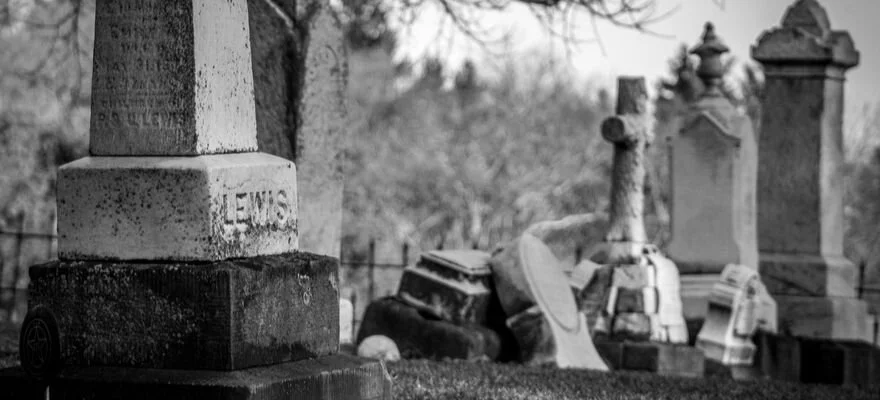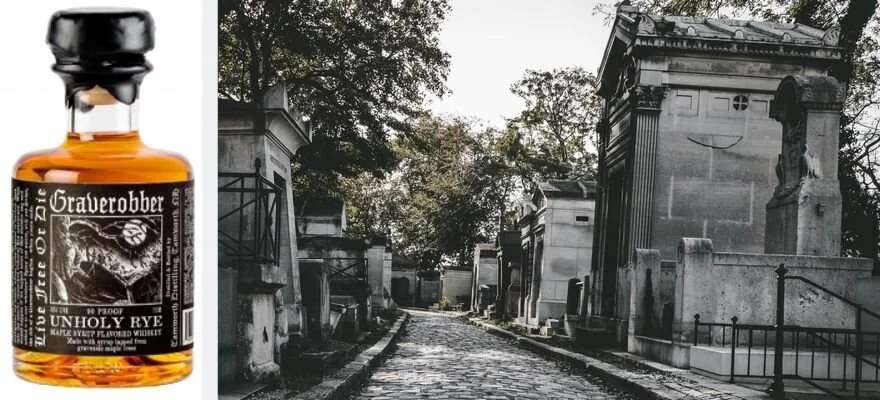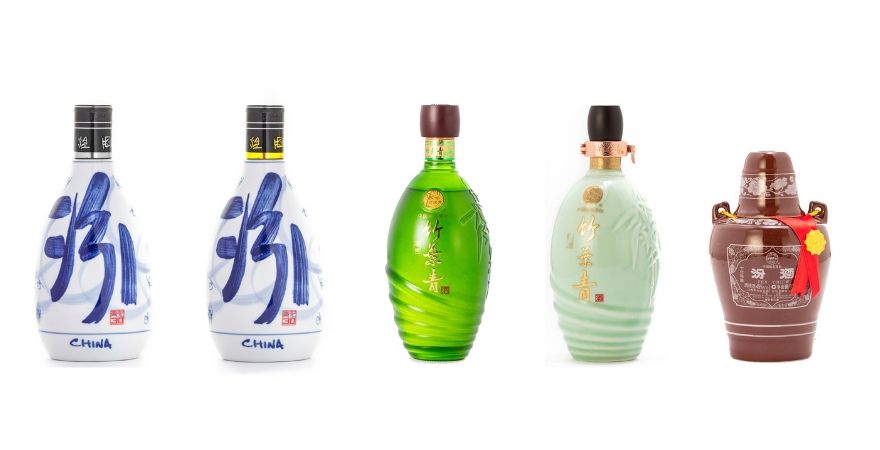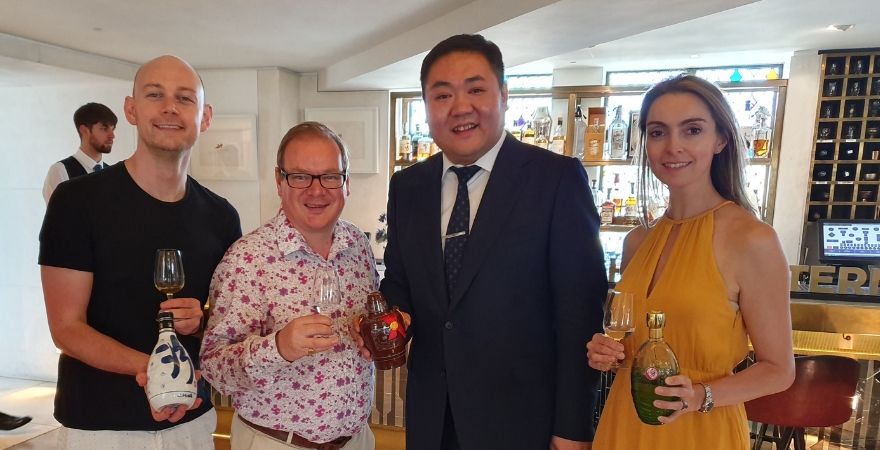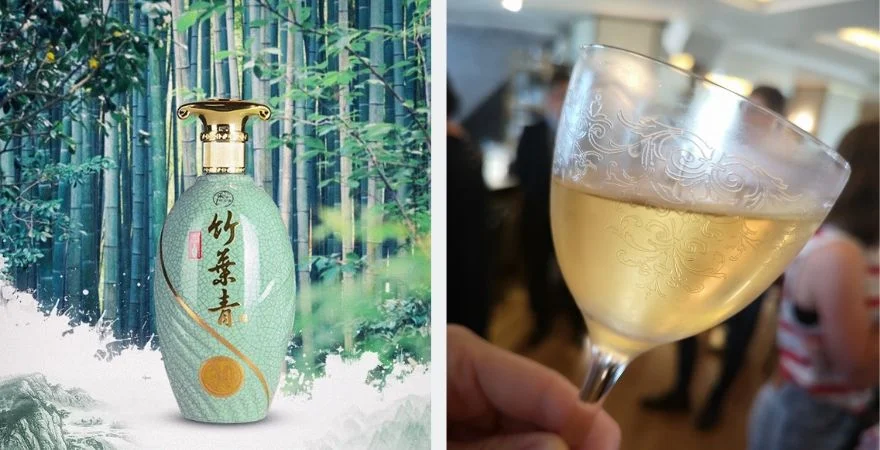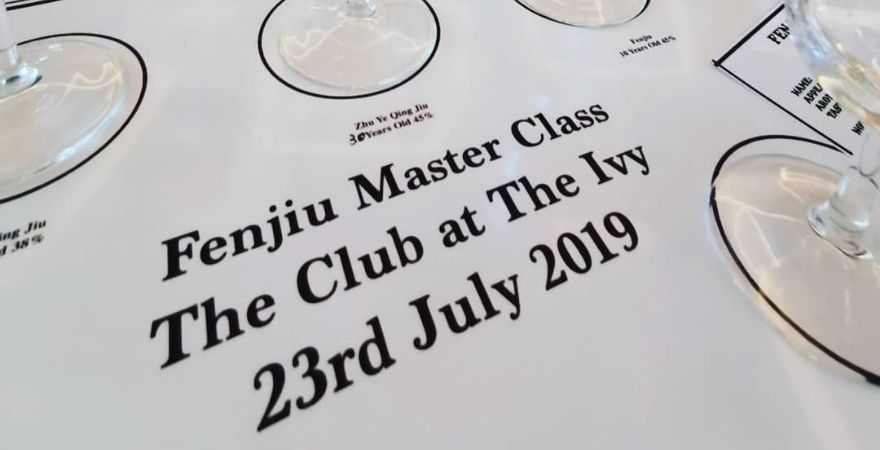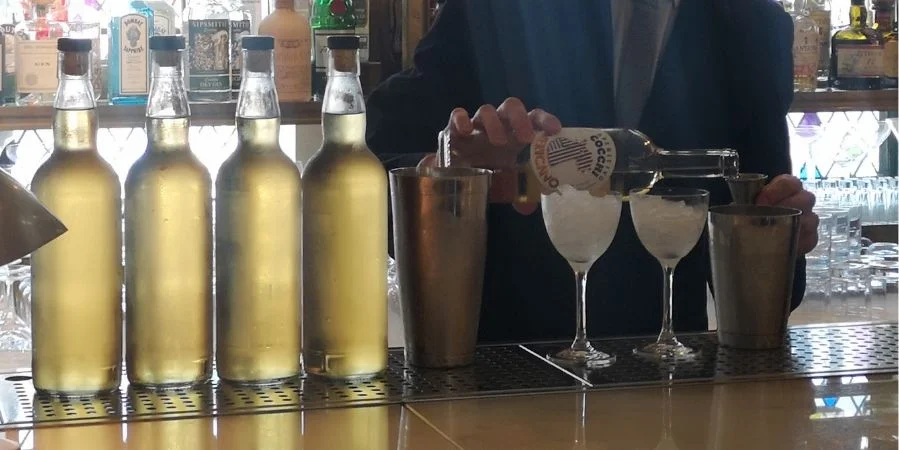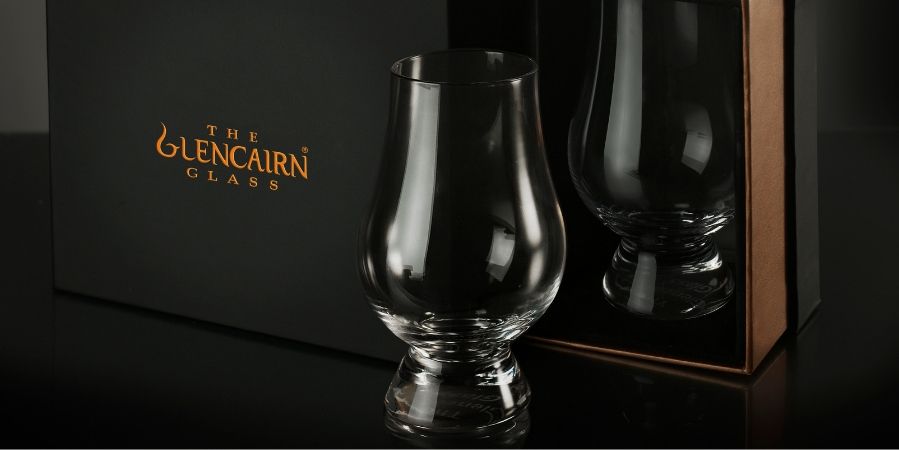For so many people in the drinks world, the new decade ahead will be all about rediscovering spirits that have been maligned or ignored for too long. Cognac is one of these; a brown spirit with a lot of history that we at The Three Drinkers have fallen head over heels back in love with in recent times.
Made with distilled fine wine (rather than grain as whisky is), cognac has a soft, velvety texture with warming notes of citrus peel, fudge and marmalade. A great introduction is to try it with tonic in a simple highball as a much more interesting G&T alternative or in a classic cognac cocktail like a Sidecar or in an Old Fashioned (Go for the VS or VSOP quality levels if mixing). Cognac tasted by itself however or over a simple chunk of ice, is a truly indulgent treat. This is when you will reach for the XO styles that have more age or special bottlings that beg you to appreciate every nuance.
One cognac we’ve tried recently is brand new to the market and a little bit different. Tercet by the famous, much-loved house Rémy Martin is a bit of a departure from their normal range of classic cognacs.
Tercet is the story of a trio of experts who came together to create this blend over ten years of dedicated research. The first was Baptiste Loiseau, current Cellar Master at Rémy Martin who discovered that certain eaux-de-vie (the spirits that are blended together to make cognac) had a particular, unique character that while it was fabulous, was not technically in line with the house style. These spirits were particularly pure and elegant with expressive, exotic fruit aromas.
Baptsite kept these special eaux-de-vie aside while he decided what to do with them and finally, called in the expertise of two other men: Francis Nadeau, a wine producer, and Jean-Marie Bernard, a master distiller with forty years of experience. Together, these three men would combine their individual expertise to work out which terroirs the eaux-de-vies came from and how they should use them to create something special. Over the years, they tested the oak barrels, yeast strains used for fermentation, the methods of pressing, the grapes themselves from different terroirs and more. Finally, they began to unravel the secret and were able to recreate it. The result was Tercet: a premium cognac that is also the ideal place to start anyone’s cognac journey thanks to its exotic, lychee, pineapple and apricot aromas, gentle sweet spice and long, complex length. Soft enough to have alone and ridiculously good with hazelnut macaroons and a slice of dried pineapple.
See more about Tercet cognac here.
Buy it here. RRP circa $100 / £78




